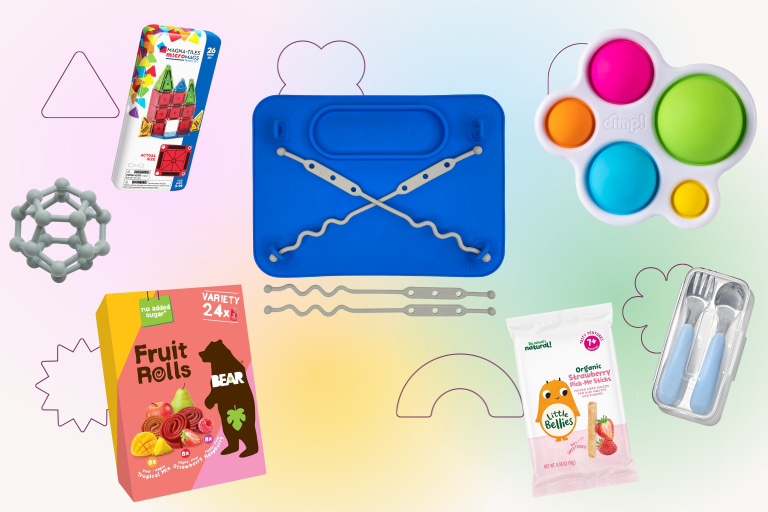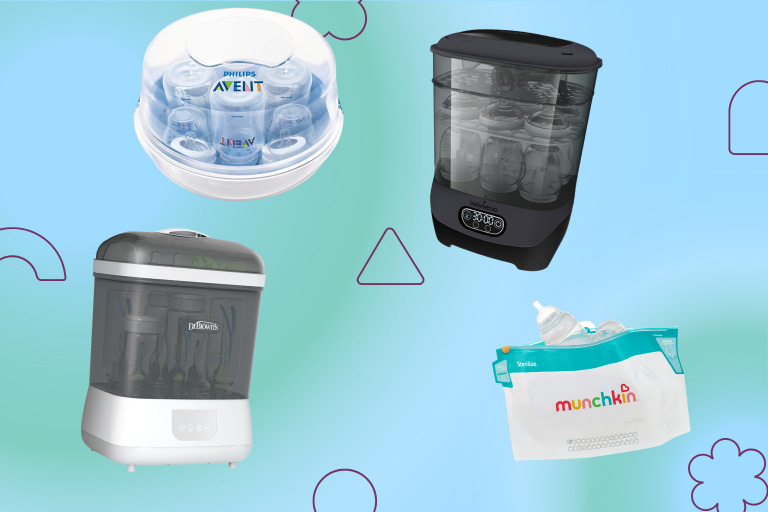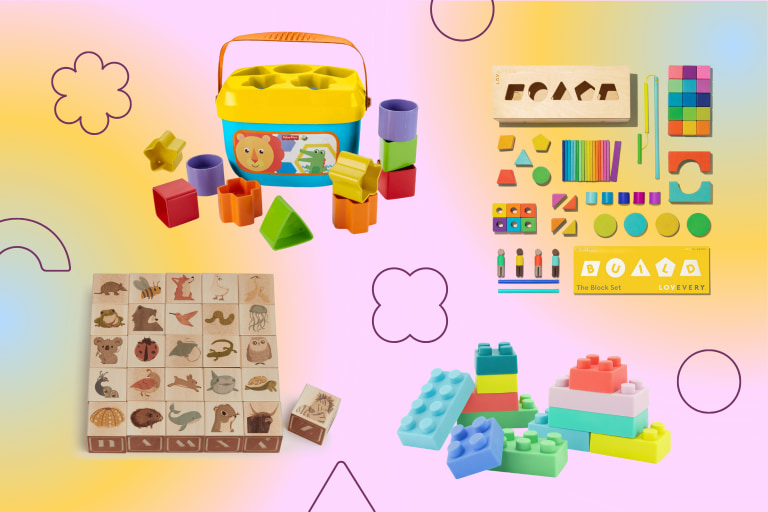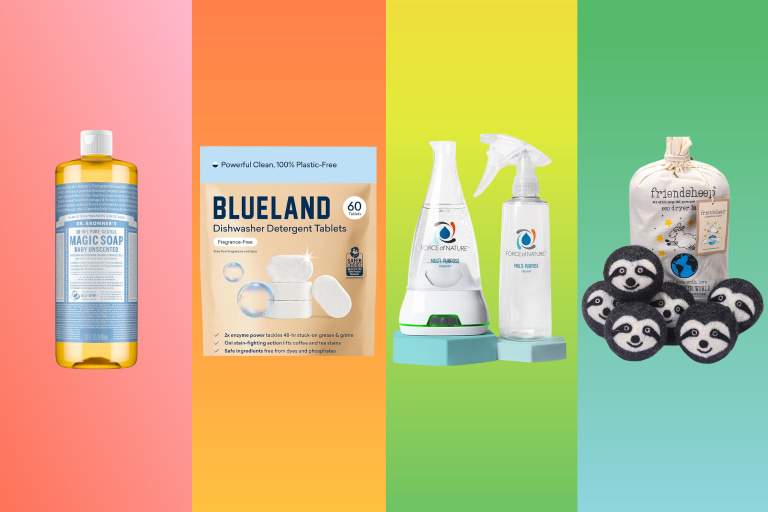Featured Guides
Babywearing can be a lifesaver. These tried-and-true tips make it a little easier (and a lot more comfortable).
Baby Registry 101

Shopping online isn’t always enough—here’s where to check out the baby products you’re eyeing in person.
Feeding

A flexible, judgment-free guide to feeding your baby with breast milk and formula.
Sleep

Short on space? These bassinets will fit your bedroom. (We promise.)
Strollers
Car Seats

Compare Nuna’s two most popular infant seats in one quick guide.
Diapering

Thinking about cloth diapering? Here’s exactly what to add to your registry now so you’re ready when baby arrives.
Toys

You can get them all on Amazon.
Carriers

Not sure which baby carrier to choose? This quick quiz helps you find your best match, with product guides for every style.
Baby Clothes

Your future self will thank you for registering this way.
Pregnancy Health

Track your belly, your baby’s growth and even your late-night pickle cravings (yes, really).
Labor and Birth

Planning to give birth at home? Here’s what to include in your kit, plus what midwives & parents say you’ll be glad to have.
Pregnancy Week by Week

At 39 weeks, your baby is now 'full term,' and the size of a Barbie Car.
Baby Health

We tested the most-loved creams to see which ones actually soothe and protect your baby’s skin—these are the keepers.
Preparing for Baby

New details explain how to open an account, who qualifies & how much money children may receive to jump-start savings.
Toddler

Want a drama-free dinner out? Start with these parent-approved essentials.













































